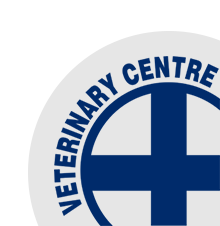Fractures in Heifers
/Over the last 10 or so years, there has been an increase in the number of cases regarding heifers with fractures in their front legs and in particular, the humerus. Keren Dittmer is a Veterinary pathologist at Massey University and is researching this syndrome along with two PhD students. She is requesting bones from affected animals to be sent in in order to understand this better. The bones are CT scanned to look at densities; so far the affected heifers have smaller, thinner and weaker bones compared to their counterparts. Affected properties can also participate by completing a questionnaire about the farming system. Furthermore, additional farms are being sought to participate by enrolling into another study and being followed over the next few years to see if any risk factors can be identified or not.
Overall, this syndrome is poorly understood due to the nature of the presentation. Fractures are seen as 2 year old and less commonly as three year olds but current research indicates that the problem arises whilst the heifer is developing her bones.
2 syndromes need to be differentiated:
“Rickets” type = defective bone mineralisation. This is seen in some heifers that are fed fodderbeet which is low in phosphorus. Bones are weak and at a higher risk of fracturing. It is important to supplement heifers with an appropriate phosphorus source whilst on fodderbeet.
“Osteoporosis” type = reduced quantity of a normal bone quality. Again, the bone is weaker and therefore more susceptible to fractures. The most significant reason for this is a feed shortage but can sometimes be associated with copper deficiency, calcium deficiency and parasitism.
We are interested in collecting samples for further research. Please contact us if you think you have a case.





